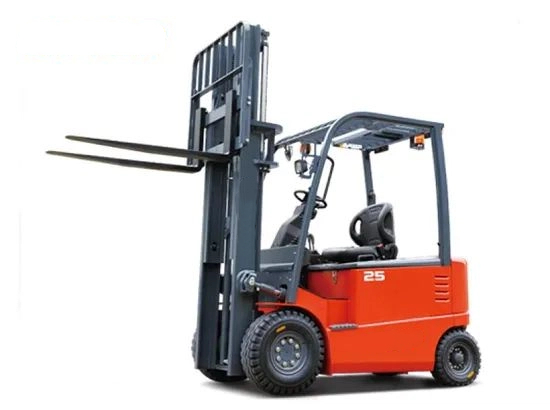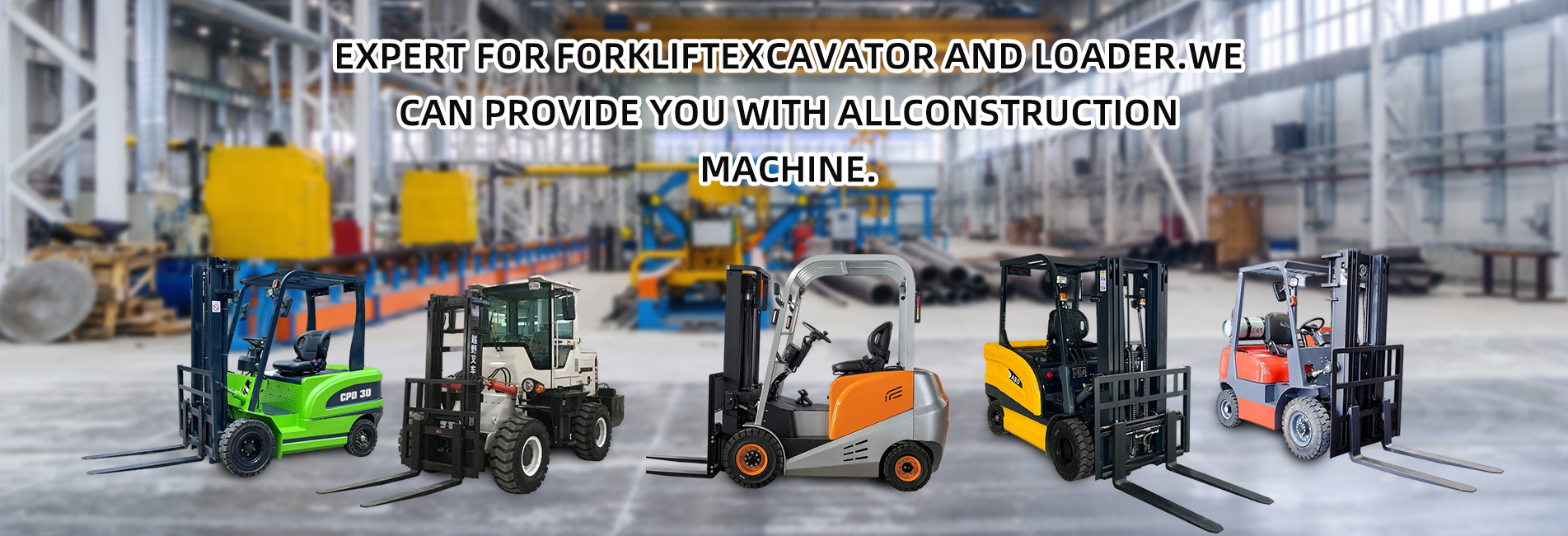Choosing the right forklift requires comprehensive consideration of various factors such as the working environment, load requirements, and operation frequency. Different types of forklifts vary significantly in their applicable scenarios. The following details from the dimensions of forklift types, core parameters, and additional requirements will help you select the right model accurately:
I. Clarify the type of forklift: classified by power and structure
Forklifts with different power types differ significantly in endurance, environmental protection, and applicable scenarios, and they need to be prioritized to match the working environment:

- Internal combustion forklifts (fuel-driven)
- Advantages: Strong power, long endurance (can be refueled directly), and adaptability to harsh environments (high temperature, dust, outdoor).
- Subtypes:
- Diesel forklifts: With large load capacity (3-50 tons), suitable for outdoor heavy-duty operations (such as ports, construction sites), but with high noise and emissions.
- Gasoline forklifts: High flexibility, medium load capacity (1-5 tons), suitable for short-distance handling indoors and outdoors (such as warehouses, logistics stations), but with high fuel consumption.
- Liquefied Petroleum Gas (LPG) forklifts: Relatively clean emissions, can switch between indoor and outdoor operations, require gas cylinders, and are suitable for places with certain environmental protection requirements (such as food warehouses).
- Disadvantages: High noise and exhaust emissions, not suitable for enclosed spaces (such as clean workshops, cold storage).
- Electric forklifts (battery-driven)
- Advantages: Zero emissions, low noise, easy to operate, suitable for indoor operations (such as e-commerce warehouses, workshops).
- Subtypes:
- Counterbalanced electric forklifts: Load capacity of 1-5 tons, no need for counterweights, suitable for narrow aisles.
- Reach electric forklifts: The mast can be moved forward, saving space, suitable for accessing goods on high shelves (5-12 meters).
- Stackers: Focus on stacking operations, with small load capacity (0.5-2 tons), suitable for light goods.
- Disadvantages: Endurance depends on the battery (4-8 hours), requires charging equipment, and battery efficiency decreases in low-temperature environments (<0℃).
- Special forklifts
- Explosion-proof forklifts: Used in flammable and explosive environments (such as chemical industry, oil depots), need to meet explosion-proof standards (such as Ex certification).
- Cold storage forklifts: Equipped with low-temperature batteries and anti-skid tires, suitable for environments from -20℃ to -40℃ (such as cold chain warehouses).
- Side forklifts: Loads are loaded and unloaded from the side, suitable for long goods (such as steel, pipes).
II. Matching core parameters: determine key indicators as needed
- Load capacity: Choose according to the weight of the heaviest goods, and it is recommended to reserve a 10%-20% margin (for example, if you often carry 2-ton goods, choose a 2.5-ton forklift).
- Lifting height: Determine according to the height of the highest shelf, and the height of the goods themselves should be considered (for example, if the shelf is 5 meters high and the goods are 0.5 meters high, choose a forklift with a lifting height of more than 5.5 meters).
- Working aisle width:
- Counterbalanced forklifts: The aisle width is about 3-4 meters (depending on the turning radius).
- Reach forklifts: Suitable for narrow aisles (2-3 meters).
- Stackers: Can work in aisles of 1.5-2 meters.
- Power endurance:
- Internal combustion forklifts: Preferred for operations lasting more than 10 hours a day (no need for frequent energy replenishment).
- Electric forklifts: Calculate the daily operation time, and match with fast-charging batteries (fully charged in 1-2 hours) or backup batteries.
III. Additional requirements: improve efficiency and safety
- Operational convenience:
- With side shift function: Reduce the positioning time of the forklift, suitable for scenarios where goods are not neatly placed.
- Seat comfort: For long-time operations (more than 8 hours), shock-absorbing seats and adjustable steering wheels are required.
- Safety configuration:
- Reverse image and radar: Reduce the risk of collision in narrow areas.
- Speed limit device: Force speed limit in crowded areas (such as 5km/h).
- Sideways stability protection system (SSPS): Automatically decelerate on slopes or sharp turns.
- Maintenance cost:
- Electric forklifts: Long maintenance cycle (about once every 500 hours), but high battery replacement cost (replaced once every 3-5 years).
- Internal combustion forklifts: Frequent maintenance (once every 200-300 hours), but low maintenance cost.
IV. Summary of selection steps
- Clarify the working scenario (indoor/outdoor, normal temperature/special environment).
- Determine core parameters (load capacity, lifting height, aisle width).
- select the power type (internal combustion/electric/special).
- Evaluate additional functions (side shift, safety configuration, etc.).
- Compare brands and after-sales services (well-known brands such as Toyota, Linde, and Heli, and consider the coverage of local maintenance outlets).
By matching the above dimensions, you can avoid the problem of "wasting costs if choosing a too large one, or failing to meet the needs if choosing a too small one" and ensure that the forklift efficiently adapts to the working scenario.


